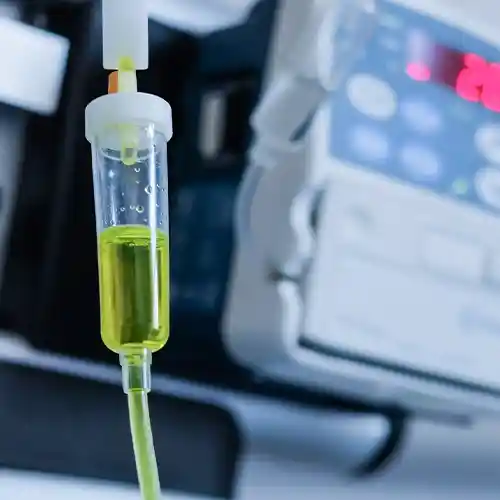A basic guide to pins

What is the purpose of a pin?
A pin is a cylinder-shaped mechanical part (cylindrical pin) with various functions:
- Positioning: The pin maintains alignment between two mechanical parts.
- Solidity: The pin holds two parts together.
- Axis (pivot): The pin allows the parts it connects to rotate freely around each other.
- Safety: The pin protects the elements it joins together by preventing any accidental disassembly.
In addition to its main functions, a pin can also be used to:
- Transmit force: A pin can be used to transmit forces or torques between two parts.
For example, when used in the application of a braking system, the pin transmits the forces between the brake pads and the discs, transforming hydraulic pressure into braking force.
- Align parts: A pin can make it easier to align parts when assembling.
For example, a taper pin enables the piston to accurately align with the connecting rods.
- Isolate vibrations: A pin can reduce noise by absorbing vibrations caused by the mechanism. When the parts are perfectly aligned, the transmission of forces is optimised, reducing vibrations as they are isolated and absorbed by the pin.
The different pin families
Pins are divided into several sub-groups according to how they respond to different mechanical stresses:
The two main pin families are:
- Dowel pins / tightening pins
- Positioning pins / locating pins
What is a tightening pin?
A tightening pin is a pin whose purpose is to position and assemble two parts together through compression, thanks to the pressure exerted on the parts.
Tightening pins ensure the safety and reliability of the assemblies in which they are used.
What is a positioning pin?
A positioning pin is used in manufacturing in order to accurately position parts.
The positioning pin can be specially designed for your application in order to meet your alignment requirements.
Locating pins and fastening pins are both mechanical pins and fastening pins.
The different types of pins
We can produce several types of standard pins, the main ones being:
- Taper pins
- Grooved pins
- Spring pins (tension pins)
- Ground parallel pin
- Parallel pins
- Taper pin with threaded dog point
- Threaded taper pin
- Threaded pin
- Split pin
Example pin uses
We design different types of pins in order to meet different sectors' fastening and assembly needs:
Automotive sector:
- Pins can be used in brake systems to keep the brake pads in place.
- They are also used in suspension systems to fasten shock absorbers and springs.
- In engines, pins can be used to hold components such as gears or camshafts in place.
Medicine:
- Pins are used in medical devices such as oxygen expansion valves.
- They can also be used in surgical instruments to assemble them securely.
Other sectors:
- In manufacturing, pins are used in machines and tools to assemble different parts.
- In the aerospace industry, pins can be used to assemble aircraft and satellite structures.
- Pins are also common in furniture and carpentry to join wooden parts together.
How do I choose the right pin?
Several factors need to be taken into consideration when choosing the right pin for your application.
Some of the main factors to consider would be:
Type of mechanical stress: determining the type of stress to which the pin will be subjected (tension, shear, bending, etc.) and choosing the type of pin best suited to the stress in question.
For example, a split pin can be used for shear loads while a parallel pin will be better suited to tensile loads.
Type of fastening: you'll need to choose a fastener type according to your particular application requirements. Common options include split pins, parallel pins, grooved pins, etc.
Diameter and length: choose the diameter and length of the pin according to the dimensions of the parts you will be assembling and the load requirements. Make sure the pin is properly sized to support the load in question without bending or breaking.
Material: select the material of the pin according to the specific application and the environment in which it will be used. At LGC we design pins in steel, stainless steel, stainless steel, brass, aluminium, and other materials upon request.
Make sure the material you choose provides the strength and durability that your pin needs to withstand the expected loads and resist corrosion and other environmental factors.
The tolerance class must also be considered.
Need support in creating the ideal pin for your application?
With 85 years of experience in custom pin design and manufacturing, contact us for all your fastening and mechanical pin needs. Our technical experts are here to advise you throughout the process.






.svg)
.svg)